Phoenix Canariensis ‘Canary Island Date Palm’
£19.99 Original price was: £19.99.£13.99Current price is: £13.99.
- Quality You Can Trust
- Service that stands out, online and always timely.
- No-Questions-Asked Returns
- We take quality seriously.

A relative of the date palm, Phoenix canariensis (otherwise known as Phoenix palm) is a large palm tree, with spreading deep green leaves arching elegantly from its attractive, stout trunk. During a hot summer, drooping bunches of creamy-yellow flowers may appear.
Holding a prestigious RHS Award of Garden Merit, the Canary Island date palm makes an excellent evergreen specimen plant for the patio or conservatory. Phoenix canariensis enjoys a sheltered garden position in the UK, although will cope with temperatures down to -6C (21F).
The Phoenix Palm is undeniably impressive and can grow to more than 12m in its native Canary Islands. Fortunately, here in the UK and when restricted in a container, it reaches a much more manageable height of 1.5m (5′).
Add this tropical beauty to your patio or garden to create a real holiday feel for years to come – instantly conjuring up scenes of a tropical paradise, where its huge leaves waft airily in the sea breeze and you can almost hear the sea lapping at the shore…
Supplied as a single, mature potted plant, approx. 60-80cm tall in a 14cm pot, ready to plant outside from the end of April.
Please note: While your Canary Island Date Palm will be tolerant of dry conditions when fully established, in very hot, dry weather it will need to be watered every day along with the rest of your plants.
I have just received a pair of Phoenix Palms from you. They are stunning, at least as big as advertised and exceptional value for money. My first time – but I’ll be back for more.
SC, June 2015
Care Information
- A slowly growing tree, Phoenix canariensis is easy to grow and care for.
- Thriving in a sheltered site in full sun, with some shade at midday the Phoenix Palm is best grown on the Patio in a large pot and brought under cover in the winter.
- When in growth, watering moderately and feed with a balanced fertiliser once a month at half strength. Water sparingly in winter.
- If your Phoenix Palm becomes pot bound, pot on into containers 2.5cm (1 inch) larger when new growth starts in spring, using a compost with good drainage. In years when re-potting is not carried out, top-dress by removing 5cm (2in) of old compost from the top of the pot and replacing with fresh.
- Pruning will only be needed to remove old fronds, which hang below horizontal. Do not remove those growing upright since this may slow the growth and reduce the palm vigor – remember that this palm has spines and sharp edges; use extreme caution when handling.
Be the first to review “Phoenix Canariensis ‘Canary Island Date Palm’” Cancel reply
Related products
Flowering Shrubs
Flowering Shrubs
Flowering Shrubs
Flowering Shrubs
Flowering Shrubs
Decorative Shrubs
Flowering Shrubs
Trees & Shrubs




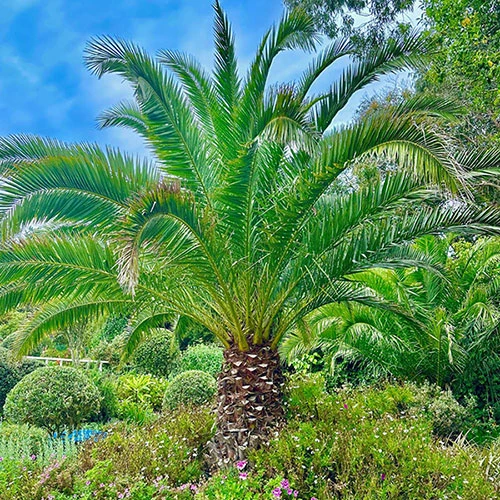

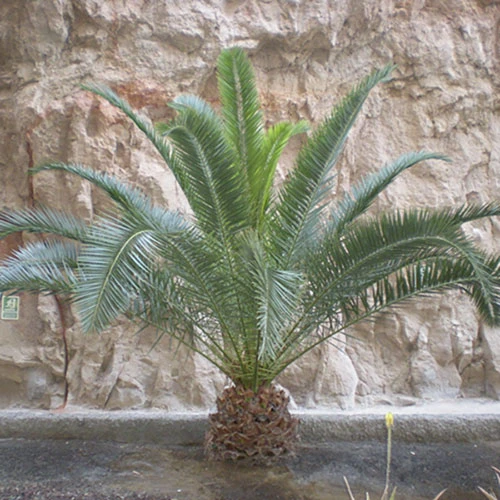
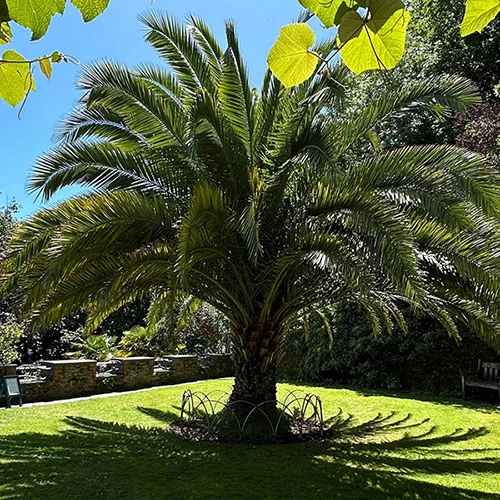

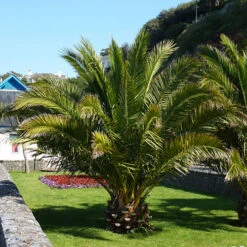
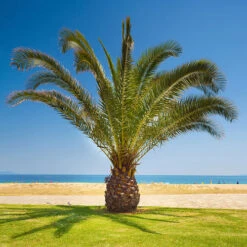
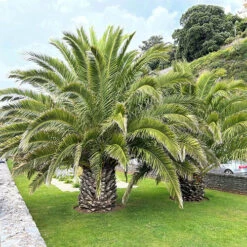

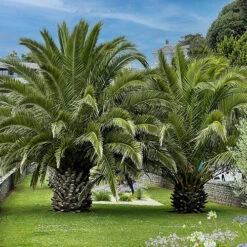

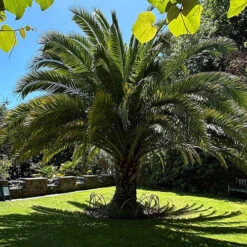


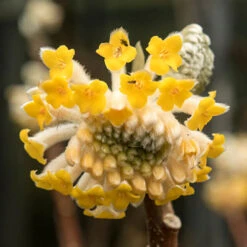

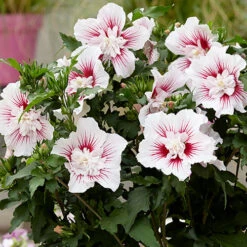


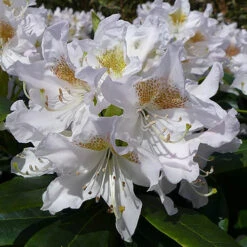





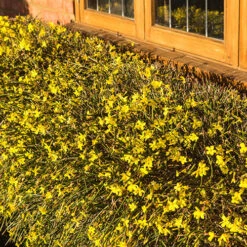

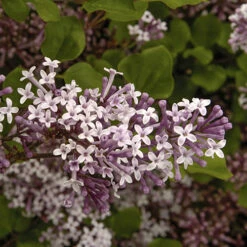
Reviews
There are no reviews yet.